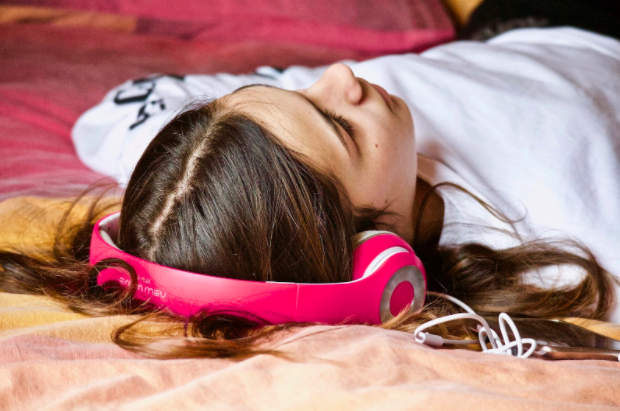The symptoms of ADHD vary widely from person to person. Someone with ADHD can be impulsive, hyperactive, or disorganized.(2) He or she might find it difficult to pay attention in class, stay focused during conversations, or remember homework assignments. The symptoms of ADHD can be obvious or much more subtle. Over the past few years, research has begun to show that ADHD can be especially hard to spot in girls and women. Girls tend to have different and less obvious symptoms than boys, who are more likely to exhibit behavior problems and extreme levels of hyperactivity.(1,2,3)
Undiagnosed or untreated ADHD can have a serious impact on adult life. ADHD is often thought of as a disorder of childhood, but this isn’t the case. Girls who miss being diagnosed as children continue to struggle with their ADHD symptoms well into adulthood. This can negatively affect their careers, relationships, and mental health.
What Does ADHD Look Like in Girls?
Studies have shown that girls are more likely to be diagnosed with ADHD if they show clear, even stereotypical ADHD symptoms, like impulsivity or problems in school.(2) While girls can and do display these symptoms, their disorder is much more likely to present with emotional issues, including depression, self-harm, and eating disorders.(2) They may come across as scatterbrained or simply rebellious.(2,3)
Girls with ADHD (and ASD) Tend to Wear a Mask
ADHD isn’t the only condition that can present differently in girls. Girls with autism spectrum disorder also tend to have unique, less obvious symptoms that sometimes go unnoticed.(2) Like ADHD, girls with ASD who have severe or stereotypical symptoms are more likely to be diagnosed than girls who do not.
It is thought that girls with neurobehavioral conditions like ADHD and ASD wear a kind of metaphorical mask in school and in public.(2) Girls often feel different pressures and expectations than boys. As a result, girls may be more likely to make up for their symptoms due to a desire to please others and fit in.(2,3) They might work extremely hard to make good grades in school or complete homework on time, for instance, keeping anyone from ever suspecting ADHD.(1) Girls with ADHD often say that they feel “different” from others and, as a result, try to hide their differences in social situations.(2,3)
The Benefits of ADHD Diagnosis
ADHD is a chronic condition, but there are treatments available to help both girls and boys manage the condition. Sometimes, too, even just being able to put a label on lifelong symptoms can make a huge difference for a person’s mental health. Girls with unrecognized ADHD are at risk of serious problems, including a higher risk of suicide.(2) This is why it’s essential for clinicians to make themselves aware of the potential differences in ADHD symptoms between girls and boys. Teachers, who are often the first ones to notice ADHD signs and make a recommendation, should also become familiar with the subtle and different symptoms that can be shown by girls.
It’s important to remember that, male or female, ADHD isn’t a one-size-fits-all condition; it is broad and can affect each person in different ways.
Concerned about ADHD? Schedule a Comprehensive Assessment
NeuroBehavioral Associates remains open. We are providing low-contact assessments in our office, as well as telehealth services. Call 410-772-7155 or email us to schedule a comprehensive assessment today. We also have valuable resources available for ADHD.
Resources:
- Ellison, K. (2020, May 19). How women and girls with ADHD are given short shrift with treatment, other forms of help. Retrieved May 29, 2020, from https://www.washingtonpost.com/health/how-women-and-girls-with-adhd-are-given-short-shrift-with-treatment-other-forms-of-help/2020/05/15/a7971486-8596-11ea-878a-86477a724bdb_story.html
- Oakes, K. (2019, June 3). Why is ADHD missed in girls? Retrieved May 29, 2020, from https://www.bbc.com/future/article/20190530-why-is-adhd-missed-in-girls
- Sigler Medically, E., Novotni, M., Sigler, E., & Novotni, M. (2019, October 10). ADHD Looks Different in Women. Here’s How – and Why. Retrieved May 29, 2020, from https://www.additudemag.com/add-in-women






